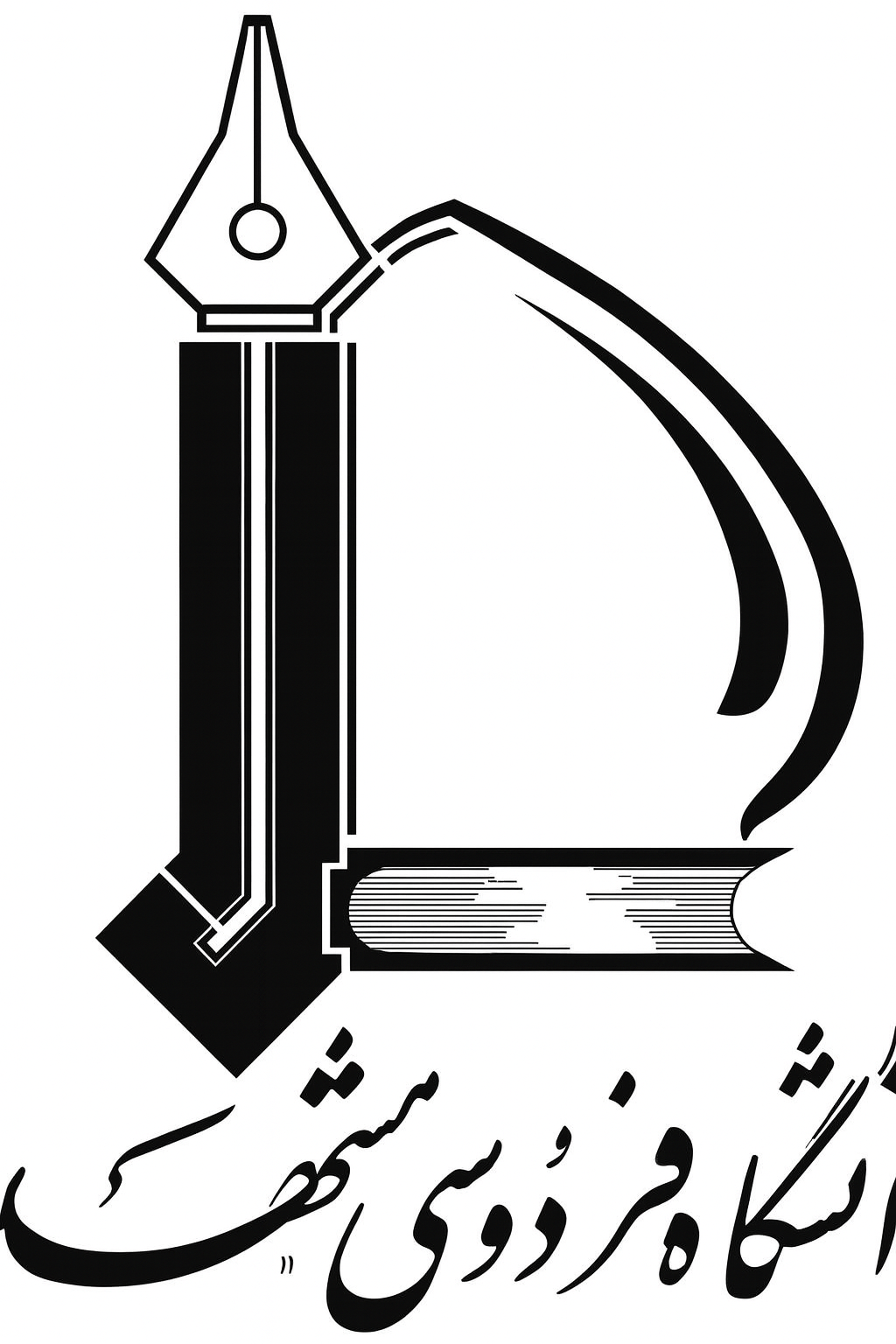Title : ( Climate change, food security, and sustainable production: a comparison between arid and semi-arid environments of Iran )
Authors: Samira Shayanmehr , Shida Rastegari Henneberry , Ernest Baba Ali , Mahmood Sabouhi Sabouni , Naser Shahnoushi Foroushani ,Abstract
Climate change is among the most pressing challenges for human advancement in the twenty-first century. Climate change is having a significant impact on the agricultural sector. The main objective of this study is to evaluate the food security status and sustainability of crop production under different climate change scenarios in the arid and semi-arid zones of Iran. To this end, the Statistical Down-Scaling Model (SDSM) and the outputs of the General Circulation Model (GCM) are employed to project future climate parameters under three climate scenarios. The study then employs the Just and Pope approach by using a panel dataset to evaluate the impact of climate change on crop production. Also, the multi-criteria decision-making (MCDM) technique is used to assess the sustainability of crop production from an economic, social, and environmental perspective in the context of climate change and baseline conditions. The results of the study show that precipitation has a significant favorable effect on crop yield in both zones. Maximum temperature is positively and significantly related to crop yield in the semi-arid area, while the relationship is negative in the arid region. Future projections reveal that under different climate scenarios, the production of irrigated wheat, dryland wheat, irrigated barley, dryland barley, and potato crops will change by a maximum of approximately 7.57%, 35.70%, 62.86%, 15.90%, and 26.88% in the semi-arid zone and −24.07%, 29.73%, −31.33%, −4.80%, and 25.80% in the arid zone, respectively. The findings imply that climate change will decrease the food security index for all crops in the arid zone, while improving the situation for crops in the semi-arid region. The results also indicate that future climate change can have a significant adverse effect on economic water productivity, economic benefits, and the sustainability of strategic crop production in the arid zone compared to the semi-arid zone. Given that a large part of Iran is covered by an arid climate, designing coherent adaptation actions and mitigation policies need to be prioritized to tackle the negative impact of climate change on food production systems.
Keywords
, Climate change · Food security · multi, criteria decision making · Statistical down, scaling model · Sustainable production@article{paperid:1091942,
author = {Shayanmehr, Samira and Shida Rastegari Henneberry and Ernest Baba Ali and Sabouhi Sabouni, Mahmood and Shahnoushi Foroushani, Naser},
title = {Climate change, food security, and sustainable production: a comparison between arid and semi-arid environments of Iran},
journal = {Environment Development and Sustainability},
year = {2022},
volume = {26},
number = {1},
month = {October},
issn = {1387-585X},
pages = {359--391},
numpages = {32},
keywords = {Climate change · Food security · multi-criteria decision making · Statistical down-scaling model · Sustainable production},
}
%0 Journal Article
%T Climate change, food security, and sustainable production: a comparison between arid and semi-arid environments of Iran
%A Shayanmehr, Samira
%A Shida Rastegari Henneberry
%A Ernest Baba Ali
%A Sabouhi Sabouni, Mahmood
%A Shahnoushi Foroushani, Naser
%J Environment Development and Sustainability
%@ 1387-585X
%D 2022


